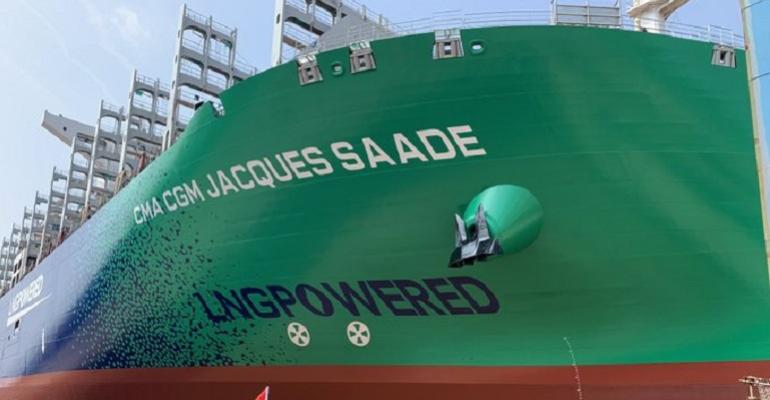Almost a fifth of vessels ordered so far this year will operate on LNG and another significant number are being built ‘LNG-ready’. These were some of the key points made by Peter Keller, Chairman of SEA-LNG, a lobby group that advocates LNG as a marine fuel, when he addressed participants at an International Gas Union (IGU) press briefing yesterday.
Birthe Van Vliet, representing the IGU World LNG Report Task Force, said that four new receiving terminals has taken the global total of import capacity to 850.1m tonnes per annum (mtpa) as of February 2021, with a further 147.3 mtpa under construction. Two new FSRUs in Brazil and Croatia made up part of this expansion as floating options remain attractive, particularly in emerging markets, she said.
Australia overtook Qatar to become the world’s largest exporter of LNG, while the US came third with exports up by almost a third to 44.8 million tonnes, despite summer shut-ins. Russia was fourth, with exports of 29.6m tonnes.
Global director of LNG at S&P Global Platts, Ciaran Roe, noted LNG’s ‘extraordinary’ pricing pattern over the last 16 months, with both the lowest-ever prices in the early months of last year, followed by record highs early this year. Since then, he said, prices have stabilised at ‘seasonally high’ levels, underpinned by economic recovery and record demand in Asia, with record volumes imported month-after-month to LNG’s largest markets.
Rystad Energy’s vice president of Gas & LNG, Sindre Knutsson, revealed that the fleet increased by 35 vessels to 573 during 2020, with another 60 due to be commissioned this year. Four more FSRUs will also start operating in 2021, he said. Meanwhile, from very low spot rates during the early months of 2020, earnings recovered steadily during the second half. Dual-fuelled vessel rates spiked at around $180,000 in November and December while tri-fuel and dual-fuel diesel electrics, and steam turbine vessels were making around $100,000.
SEA-LNG’s Keller highlighted the progress made by engine makers on tackling methane slip. In high-pressure, diesel-cycle, slow-speed two strokes, this was now virtually zero, he said. Significant progress had also been made in low-pressure Otto-cycle two strokes and this was in addition to LNG’s other advantages, including reductions of SOx and particulate matter by 99%, and NOx by 95%. Another benefit was no risk of contaminating the oceans or damaging marine life from a fuel spill accident.
Keller reiterated that waiting for the development of new fuels in not an option when LNG provides a practical transition fuel today. It provides a ‘minimal risk pathway’ to bio- and synthetic LNG, he said, whilst saving trillions of dollars of investment over many years because significant bunkering infrastructure is already in place in most of the world’s key bunkering hubs.

